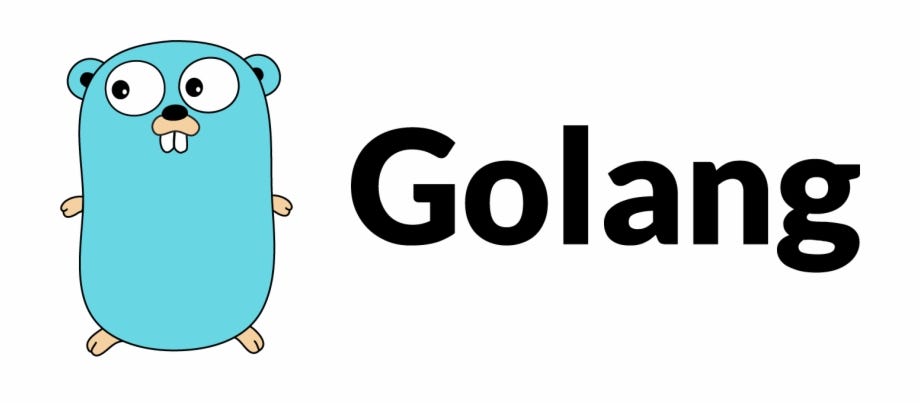Introduction to Go Interfaces
In Go programming, interfaces play a crucial role in achieving polymorphism and abstraction. They allow you to define behavior without specifying the underlying implementation. This tutorial will walk you through the basics of Go interfaces, including their syntax, usage, and best practices.
What is a Go Interface?
A Go interface is a type that specifies a set of method signatures. Any type that implements all the methods of an interface is said to satisfy that interface. This concept allows for flexible and modular code design.
Declaring Interfaces
In Go, you declare an interface using the type keyword followed by the interface name and a set of method signatures enclosed in curly braces.
type Shape interface {
Area() float64
Perimeter() float64
}Implementing Interfaces
To implement an interface in Go, a type simply needs to provide definitions for all the methods declared in the interface.
type Circle struct {
Radius float64
}
func (c Circle) Area() float64 {
return math.Pi * c.Radius * c.Radius
}
func (c Circle) Perimeter() float64 {
return 2 * math.Pi * c.Radius
}Interface Satisfaction
A type automatically satisfies an interface if it implements all the methods declared in the interface. There’s no explicit declaration of intent to implement an interface.
func main() {
var shape Shape
shape = Circle{Radius: 5}
fmt.Println("Area:", shape.Area())
fmt.Println("Perimeter:", shape.Perimeter())
}Interface Composition
Interfaces can be composed of other interfaces, allowing for the creation of more complex behavior contracts.
type ReadWrite interface {
Read(p []byte) (n int, err error)
Write(p []byte) (n int, err error)
}
type ReadWriteCloser interface {
ReadWrite
Close() error
}Empty Interfaces
In Go, an empty interface (interface{}) can hold values of any type. It’s commonly used when you need to work with values of unknown types.
func printType(val interface{}) {
fmt.Println("Type:", reflect.TypeOf(val))
}Type Assertion
You can check whether an interface value holds a specific type by using type assertion.
var x interface{} = "hello"
s, ok := x.(string)
if ok {
fmt.Println("Value is a string:", s)
} else {
fmt.Println("Value is not a string")
}Conclusion
Go interfaces are a powerful tool for writing clean, modular, and flexible code. By understanding how interfaces work and how to use them effectively, you can take full advantage of Go’s capabilities in your programs. Experiment with interfaces in your own code to see the benefits they bring to your development workflow.


